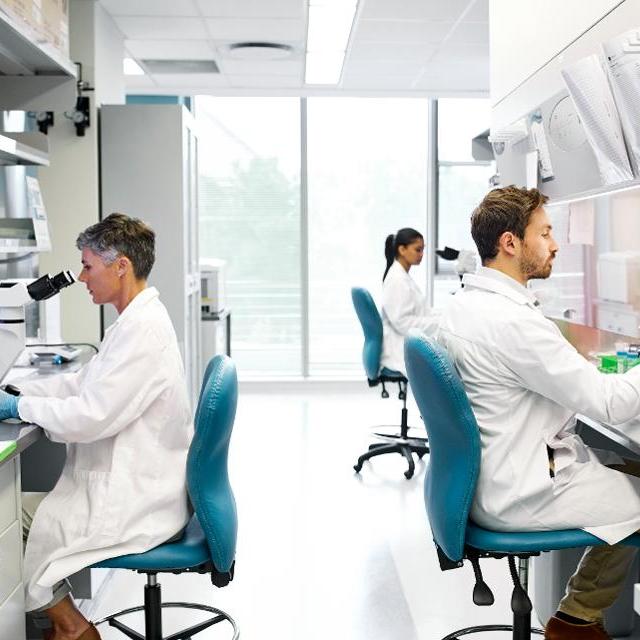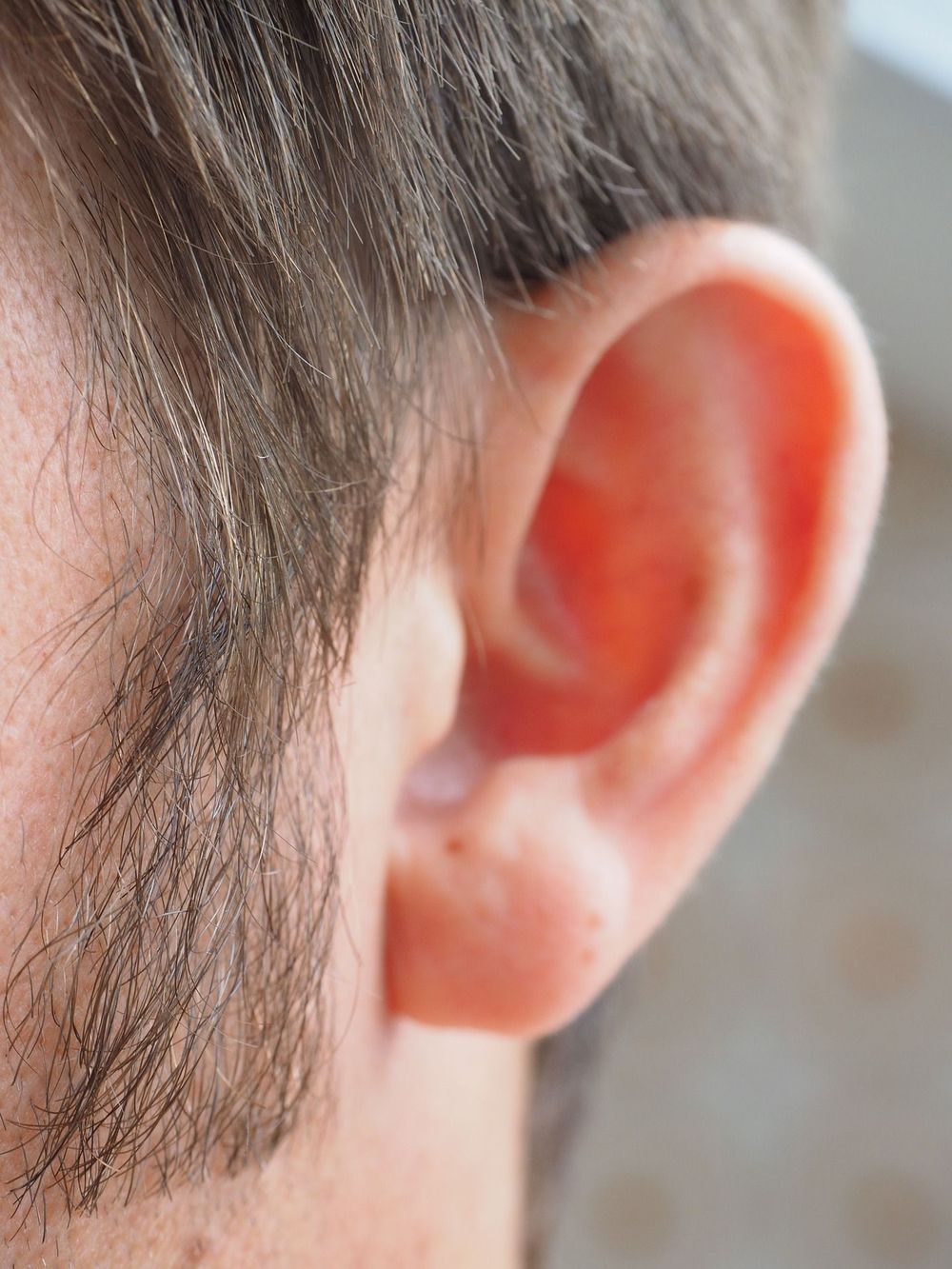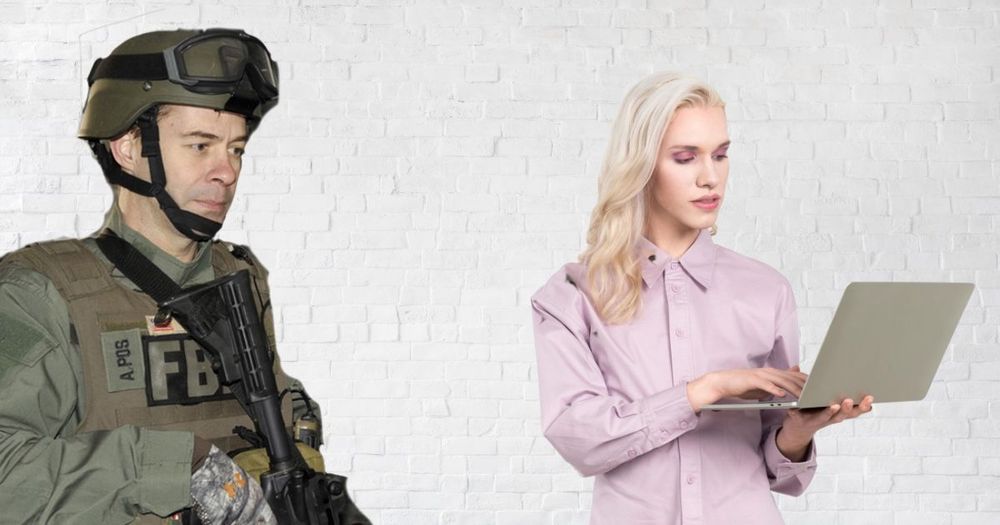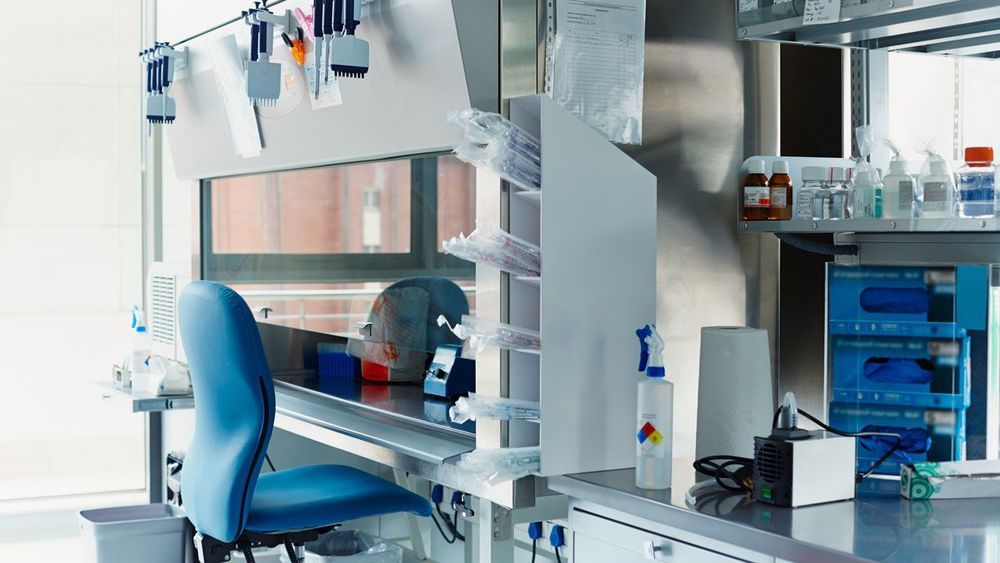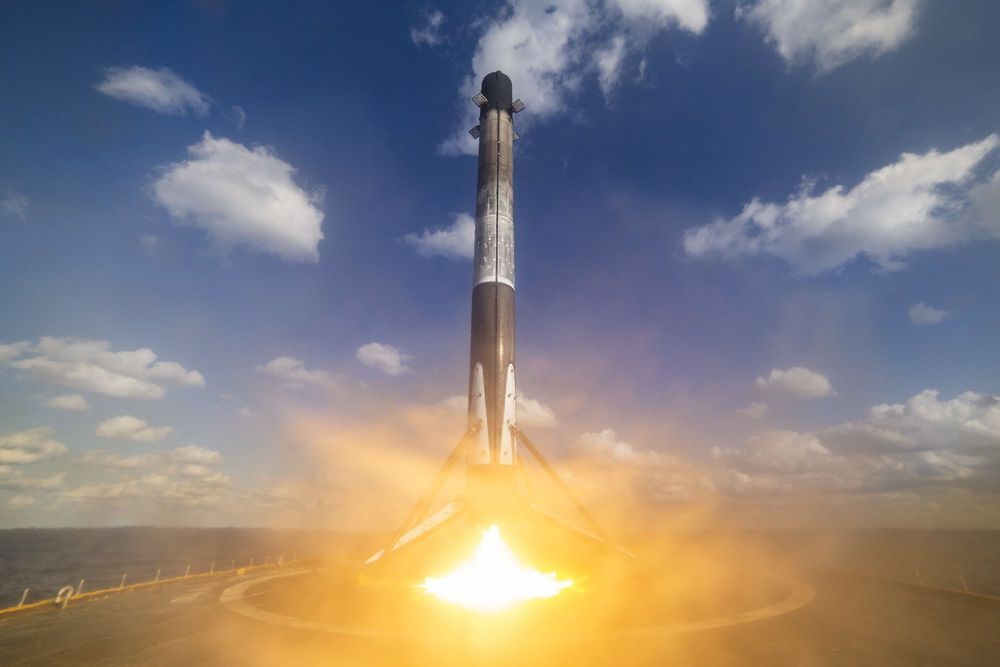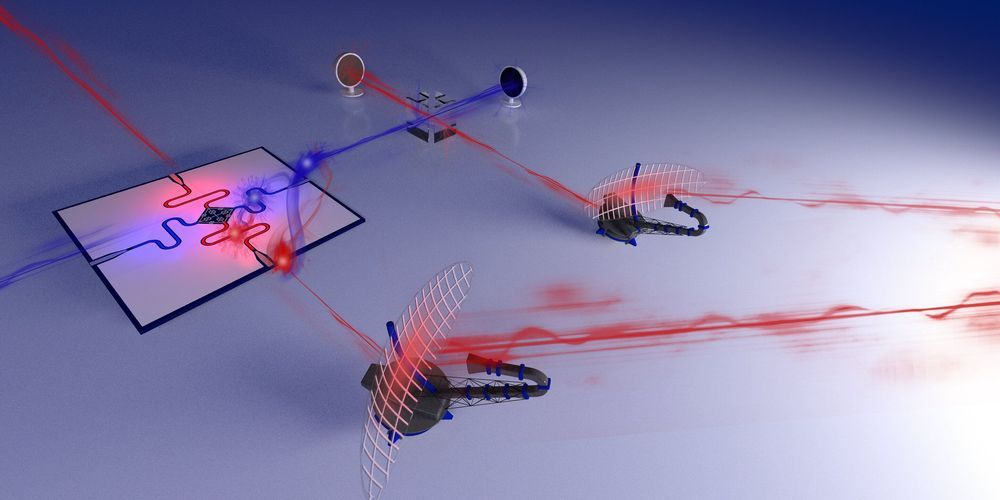May 19, 2020
Technology In A Time Of Crisis: How DARPA And AI Are Shaping The Future
Posted by Genevieve Klien in categories: bioengineering, biotech/medical, health, information science, policy, robotics/AI, security
Then there is the COVID-19 Open Research Dataset (CORD-19), a multi-institutional initiative that includes The White House Office of Science and Technology Policy, Allen Institute for AI, Chan Zuckerberg Initiative (CZI), Georgetown University’s Center for Security and Emerging Technology (CSET), Microsoft, and the National Library of Medicine (NLM) at the National Institutes of Health (NIH).
The goal of this initiative is to create new natural language processing and machine learning algorithms to scour scientific and medical literature to help researchers prioritize potential therapies to evaluate for further study. AI is also being used to automate screening at checkpoints by evaluating temperature via thermal cameras, as well as modulations in sweat and skin discoloration. What’s more, AI-powered robots have even been used to monitor and treat patients. In Wuhan, the original epicenter of the pandemic, an entire field hospital was transitioned into a “smart hospital” fully staffed by AI robotics.
Any time of great challenge is a time of great change. The waves of technological innovation that are occurring now will echo throughout eternity. Science, technology, engineering and mathematics are experiencing a call to mobilization that will forever alter the fabric of discovery in the fields of bioengineering, biomimicry and artificial intelligence. The promise of tomorrow will be perpetuated by the pangs of today. It is the symbiosis of all these fields that will power future innovations.
